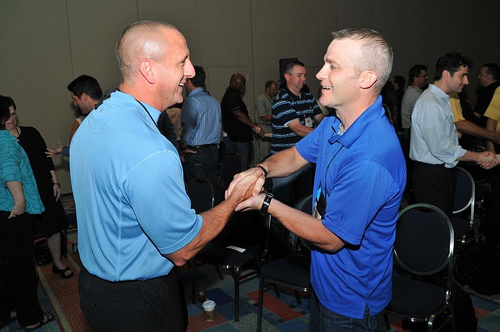Hi. If you haven’t been here before, we’re the one personal finance blog that believes that shaming you into doing the right thing is more effective than coddling. We’ve guest posted on Financial Samurai, Financial Highway, Free From Broke, Consumerism Commentary, The Writer’s Coin, Credit Card Chaser, MoneyFunk, Planting Dollars, 20sMoney, My Journey to Millions, LenPenzo.com and about a billion others. We offer unconventional advice (don’t give to charity, don’t buy Christmas gifts) and deconstruct what you read in the media, among other things. So thanks for stopping by and please, browse the archives, leave a comment, and if you’re inclined, buy the best personal finance book ever written.




